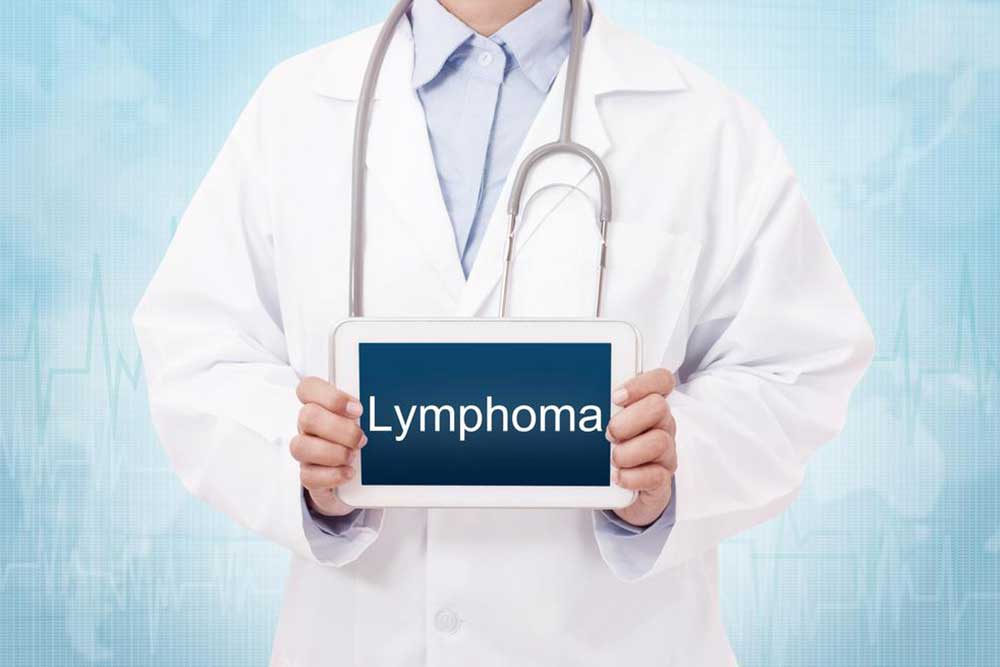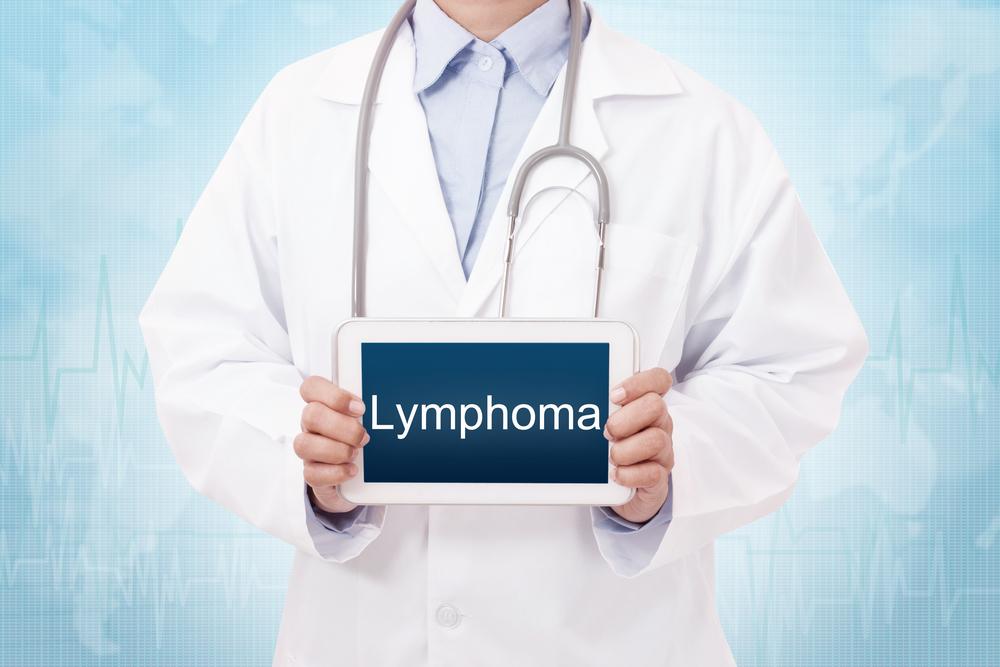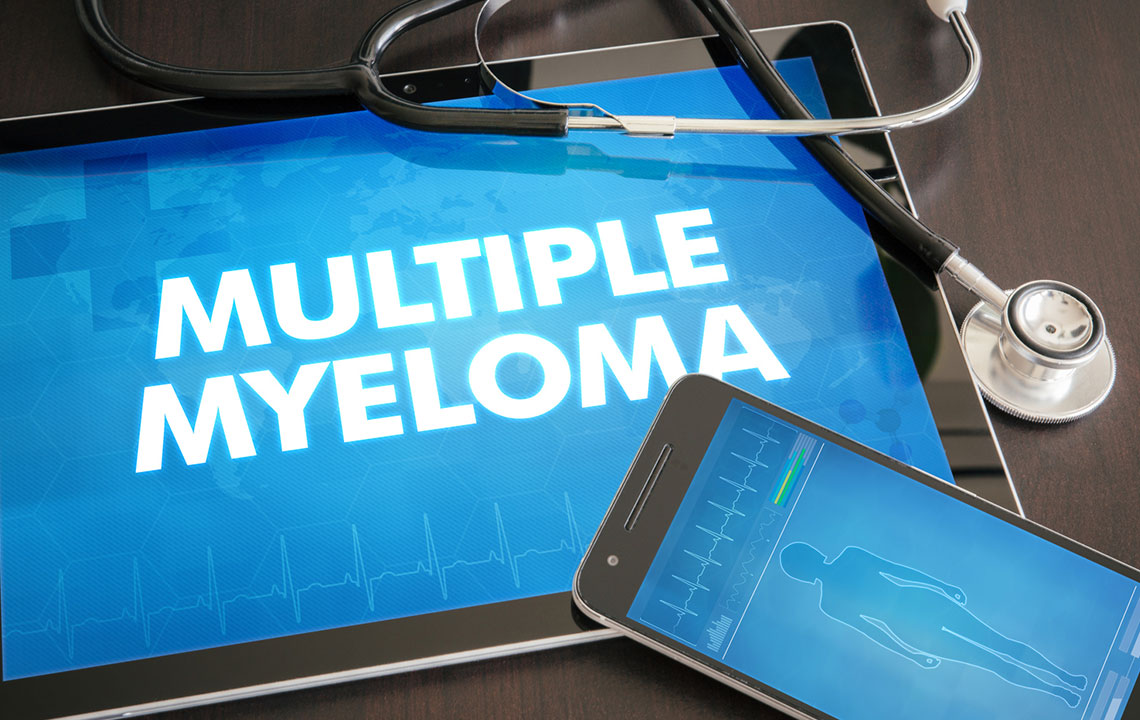In-Depth Overview of Lymphoma: Types, Symptoms, and Treatment Options
This comprehensive guide explores the various types of lymphoma, including Hodgkin’s and non-Hodgkin’s lymphoma. It details symptoms, subtypes, diagnostic features, and treatment options, emphasizing the importance of early detection for improved prognosis. The article provides valuable information for patients, caregivers, and healthcare providers to better understand this complex cancer affecting the lymphatic system. Understanding lymphoma’s diversity aids in timely diagnosis and personalized treatment strategies to enhance patient outcomes.

Comprehensive Understanding of Various Lymphoma Types
Lymphoma is a complex and potentially life-threatening type of cancer that originates in the lymphatic system, specifically targeting lymphocytes—white blood cells vital for immune defense against infections. When these lymphocytes undergo malignant transformation, they can multiply uncontrollably, leading to the formation of tumors in lymph nodes and other lymphatic tissues such as the spleen, thymus, and bone marrow. Recognizing the early signs of lymphoma is crucial for timely diagnosis and treatment. Often, initial symptoms manifest as painless, swollen lymph nodes which may go unnoticed because they typically do not cause discomfort or pain.
Understanding the distinctions between the major types of lymphoma is vital for both patients and healthcare professionals. The two primary categories are Hodgkin's lymphoma and non-Hodgkin's lymphoma, each with unique characteristics, prognosis, and treatment protocols. Hodgkin's lymphoma is relatively rare and is distinguished by the presence of Reed-Sternberg (RS) cells, large abnormal lymphocytes that are pathognomonic for this disease. Non-Hodgkin’s lymphoma (NHL), on the other hand, is considerably more common and comprises multiple subtypes, including B-cell and T-cell lymphomas, which vary in their aggressiveness and clinical presentation.
Exploring Non-Hodgkin’s Lymphoma (NHL)
1. B-cell Lymphoma
B-cell lymphomas originate from abnormal B lymphocytes, which are crucial in antibody production. The most prevalent among these is diffuse large B-cell lymphoma (DLBCL), known for its rapid progression. Symptoms typically include swelling of lymph nodes, persistent night sweats, unexplained weight loss, fatigue, fever, and itching. In certain cases, patients may experience abdominal pain, cough, or digestive disturbances, depending on the lymphoma's location. B-cell lymphomas tend to respond well to specific therapies, especially with early detection.
2. T-cell Lymphoma
Comprising approximately 15% of NHL cases, T-cell lymphoma is less common but generally more challenging to treat. It frequently affects the skin and internal organs, presenting as patches, plaques, or tumor masses. Ulcerations may also occur. Clinically, it manifests as skin abnormalities, recurrent infections due to immune suppression, fatigue, and gastrointestinal symptoms such as nausea, vomiting, or diarrhea. The prognosis varies depending on the subtype and stage at diagnosis.
3. Burkitt’s Lymphoma
Burkitt’s lymphoma is a highly aggressive and rare form often associated with immune system deficiencies, such as HIV/AIDS or malaria endemic regions. It is most common in children and young adults. Rapidly enlarging lymph nodes, facial swelling or distortion, abdominal enlargement, fever, night sweats, and significant weight loss are common presenting features. Due to its aggressiveness, prompt diagnosis and intensive chemotherapy are essential for survival.
4. Mantle Cell Lymphoma
A rare, aggressive subtype that primarily affects the bone marrow and gastrointestinal tract. Often diagnosed at an advanced stage, this lymphoma progresses swiftly but responds variably to treatment. Symptoms may include enlarged lymph nodes, gastrointestinal disturbances, and systemic symptoms like fever and weight loss.
5. Follicular Lymphoma
Typically found in older adults, usually around age 60, follicular lymphoma has a slow progression and is considered indolent. Patients often present with painless lymphadenopathy, fatigue, night sweats, and recurrent infections. Although it tends to be incurable, many patients can live for years with manageable symptoms, and treatment focuses on controlling disease progression.
6. Small Lymphocytic Lymphoma (SLL)
Similar in pathology to chronic lymphocytic leukemia (CLL), SLL grows slowly and is often discovered incidentally during medical examinations for unrelated issues. It primarily affects lymph nodes and can sometimes involve the blood or bone marrow, leading to symptoms like swollen lymph nodes, fatigue, and frequent infections.
7. Lymphoplasmacytic Lymphoma
A rare subtype affecting older adults, characterized by abnormal antibody production. This abnormal development often leads to Waldenström’s macroglobulinemia, causing symptoms like anemia, bleeding, neurological disturbances, and increased susceptibility to infections. Treatment often involves targeted therapies and chemotherapy.
Detailed Overview of Hodgkin’s Lymphoma
Hodgkin’s lymphoma differs markedly from non-Hodgkin’s lymphoma due to its histological features, primarily the presence of Reed-Sternberg (RS) cells. These large, abnormal lymphocytes are distinct and serve as a hallmark for diagnosis. Hodgkin's lymphoma tends to affect younger adults, commonly those between 20 and 40, but can also occur in older populations.
Various subtypes of Hodgkin’s lymphoma exist, each with unique histopathological and clinical features:
Lymphocyte-depleted Hodgkin’s: A rare but more aggressive form affecting mainly individuals in their 30s, especially those with compromised immune systems or HIV infection. This type features fewer normal lymphocytes and more RS cells.
Lymphocyte-rich Hodgkin’s: Accounts for roughly 5% of cases, predominantly affecting men. It exhibits rich infiltration of lymphocytes, which can aid in early diagnosis because of clearer histological features.
Nodular lymphocyte-predominant Hodgkin’s: Usually impacts males aged between 30 and 50, with fewer RS cells. It tends to be less aggressive and has a more favorable prognosis.
Mixed cellularity Hodgkin’s: Comprising a significant portion of Hodgkin’s cases, this subtype shows a mixture of RS cells with abundant lymphocytes. It is more common in older patients and often associated with systemic symptoms.
Nodular sclerosis Hodgkin’s: The most prevalent form, making up about 70% of all Hodgkin’s cases. It often presents in young adults, characterized by scar tissue formation within lymph nodes, making it highly responsive to treatment and capable of cure.
Early detection and advances in treatment have significantly improved survival rates for Hodgkin’s lymphoma. Chemotherapy, radiation therapy, and stem cell transplantation are common modalities used depending on the stage and subtype of the disease.





